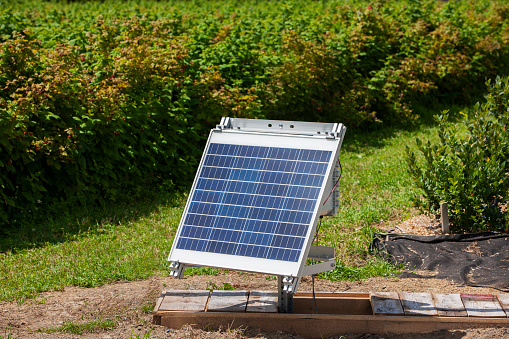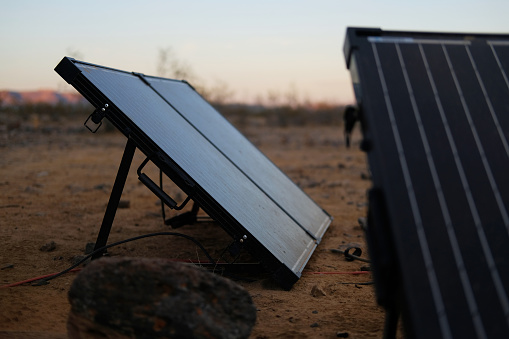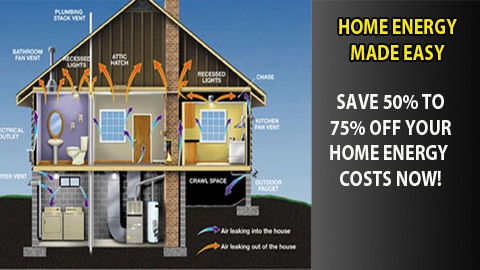
Welcome to the world of DIY off grid solar energy! As an expert in this field, I’m excited to share with you all the knowledge and tips that will help you generate your own power while living sustainably.
Living off the grid is no longer just a dream for those who want to reduce their carbon footprint or avoid utility bills; it’s now a reality thanks to advancements in technology and more affordable equipment.
With DIY off-grid solar systems, you can enjoy self-sufficient living without sacrificing modern amenities like electricity.
In this article, we’ll dive into everything you need to know about setting up your own system, including choosing the right components, sizing your array correctly, and maintaining it over time.
So let’s get started on your journey towards energy independence!
Understanding Your Energy Needs
Before diving into DIY off grid solar, it’s important to understand your energy needs. This involves determining how much electricity you require on a daily basis and what appliances or electronics will be using that power. Understanding this information will allow you to properly size your system and ensure that it can meet your energy demands.
To begin assessing your energy needs, make a list of all the items in your home or property that require electricity. This includes lights, refrigerators, air conditioners, televisions, computers, and any other electronic devices.
Once you have compiled a comprehensive list, determine their wattage usage by checking each device’s specifications or looking up estimates online. With this information in hand, you can calculate the total watt-hours needed per day and use it as a guide for choosing the right components for your system.
Choosing The Right Components For Your System

As we’ve discussed in the previous section, understanding your energy needs is crucial when it comes to DIY off grid solar systems. By knowing how much power you need and what appliances or devices will be running on your system, you’ll have a better idea of what components are right for you.
Now that you know what your energy requirements are, let’s move on to choosing the right components for your system.
Firstly, it’s important to consider the size of your solar array. This refers to the number of solar panels needed to generate enough electricity to meet your energy demands. The size of your array will depend on various factors such as location, climate, and available space.
A common mistake many people make when sizing their arrays is underestimating their energy needs. It’s always better to overestimate rather than underestimate since adding more panels later can be costly and difficult. In addition, proper placement and orientation of the panels should also be considered in order to maximize efficiency.
With these things in mind, let’s dive into selecting the other key components for your off grid solar system!
Sizing Your Solar Array
Now that you have determined your energy needs, it’s time to size your solar array. This refers to the number of solar panels needed to generate enough electricity to meet your daily energy requirements. Keep in mind that this is not a one-size-fits-all approach and will depend on various factors such as location, weather patterns, and shading.
To accurately size your solar array, you’ll need to conduct an energy audit which involves analyzing how much power each appliance uses and for how long. Once you have a clear understanding of your daily usage, you can then determine the wattage required by multiplying the total watts per day by 1.25 (to account for system losses).
From there, you can select the appropriate panel size based on its production capacity and efficiency rating.
When selecting solar panels, consider their durability and warranty options. Look for panels with at least a 20-year warranty and high-quality materials. Choose polycrystalline or monocrystalline panels as they are proven to be more efficient than other types.
With proper sizing and selection of quality solar panels, you can ensure that your off-grid solar system operates efficiently and effectively. But remember, maintaining these systems also plays a crucial role in extending their lifespan and ensuring optimal performance.
Maintaining Your Off-Grid Solar System

Now that your off-grid solar system is up and running, it’s important to properly maintain it. Regular maintenance will not only ensure optimal performance but also extend the lifespan of your equipment.
Here are some key tips for maintaining your off-grid solar system:
Firstly, keep an eye on your battery levels. Make sure they’re always between 50% and 80%. Overcharging or undercharging can significantly reduce the lifespan of your batteries.
Secondly, regularly clean your solar panels to remove any dust or debris that may accumulate on them over time. This will help maximize their efficiency and prolong their lifespan as well.
Lastly, check all connections frequently to make sure everything is tight and secure.
By following these simple steps, you’ll be able to enjoy the benefits of off-grid solar power for many years to come! Remember that proper maintenance is crucial for a successful off-grid lifestyle. So take care of your system and it will take care of you – providing reliable, renewable energy even in remote locations where traditional grid power isn’t available.
Conclusion
Well, my fellow off-grid enthusiasts, we’ve come to the end of our journey.
You now have all the knowledge you need to build your own DIY off-grid solar system.
But before you go rushing out to buy your components, let me give you a word of caution.
Despite what some may believe, building an off-grid solar system is not for everyone.
It takes time, effort and skill to get it right.
So if you’re looking for a quick fix or just want to save money on electricity bills, this might not be the best option for you.
However, if you’re willing to put in the work and invest in quality components, then there’s no doubt that an off-grid solar system can provide long-term benefits both financially and environmentally.
As someone who has spent years living off-grid with a successful solar setup, I can tell you that it’s worth it.
Not only do I enjoy the freedom from utility companies and their ever-increasing prices but also the sense of self-sufficiency that comes with generating my power sustainably.
So take your time when choosing your components and sizing your array – after all, Rome wasn’t built in a day!

